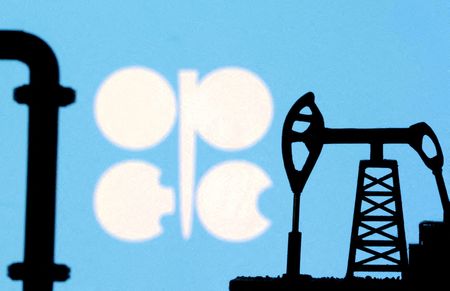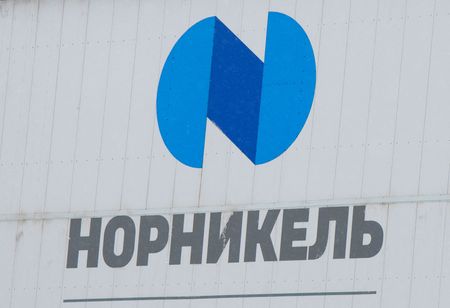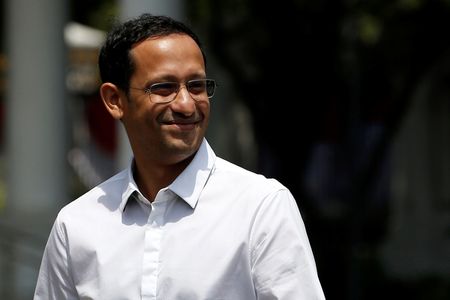By Scott DiSavino
NEW YORK (Reuters) -Oil prices eased about 1% to a two-week low on Thursday on negative economic news from the U.S. and expectations OPEC+ producers would increase output targets at a meeting this weekend.
That small price decline came ahead of the release of U.S. oil inventory data that could show a surprise build in crude inventories.
Brent crude futures fell 54 cents, or 0.8%, to $67.06 a barrel at 11:01 a.m. EDT (1501 GMT). U.S. West Texas Intermediate (WTI) crude fell 43 cents, or 0.7%, to $63.54.
That put Brent on track for its lowest close since August 20.
Eight members of the Organization of the Petroleum Exporting Countries (OPEC) and allies like Russia in OPEC+, seeking to regain market share, will consider further increases to production in October at a meeting on Sunday, two sources familiar with the discussions told Reuters.
A potential OPEC+ production hike would send a strong signal that regaining market share takes priority over price support, said Tamas Varga, a senior analyst at TP ICAP’s PVM Oil Associates brokerage and consulting firm.
OPEC+ has already agreed to raise output targets by about 2.2 million barrels per day from April to September, in addition to a 300,000-bpd quota increase for the United Arab Emirates.
Also weighing on prices were some shaky U.S. macroeconomic data that showed new applications for jobless benefits increased more than expected last week, supporting expectations the Federal Reserve would cut interest rates this month.
Investors have viewed the Fed’s September meeting as a lock for a quarter percentage point cut in what is now a 4.25% to 4.5% federal funds interest rate target range.
Central banks, like the Fed, use interest rates to control inflation. Lower rates reduce consumer borrowing costs and can boost economic growth and demand for oil.
In Germany, Europe’s biggest economy, leading economic institutes trimmed growth forecasts for 2025 and 2026, citing U.S. tariffs and delays to the boost from higher public spending in an export-reliant economy struggling to regain momentum.
In other economic news, Japan and the U.S. are in the final stages of talks to implement lower tariffs on Japanese automobile imports within 10-14 days after the issuance of a U.S. presidential executive order, a Japanese government source told Reuters.
In OPEC-member Nigeria, the gasoline unit at the 650,000 barrel-per-day Dangote refinery may be shut for 2-3 months for repairs, IIR Energy said in a client note on Thursday.
On the production side, Russia’s largest oil producer Rosneft has secured an additional deal on supply of 2.5 million metric tons of oil per year to China via Kazakhstan, Interfax news agency quoted Russian Energy Minister Sergei Tsivilev as saying.
In Venezuela, an OPEC member sanctioned by the U.S., oil exports rose to a nine-month high of 900,000 bpd last month after U.S. oil major Chevron received a license that has allowed the country’s crude to return to the U.S. market.
U.S. OIL INVENTORIES
The U.S. Energy Information Administration (EIA) will report oil inventory data later on Thursday, a day later than usual due to the U.S. Labor Day holiday on Monday. [EIA/S] [API/S]
Analysts projected energy firms pulled 2.0 million barrels of crude from U.S. storage during the week ended August 29.
That compares with the 0.6-million barrel increase that market sources said the American Petroleum Institute (API) trade group cited in its figures on Wednesday.
(Reporting by Scott DiSavino in New York and Enes Tunagur in London; Additional reporting by Ahmad Ghaddar in London, Sam Li in Beijing and Trixie Yap in Singapore; Editing by Hugh Lawson, Ros Russell and David Gregorio)









